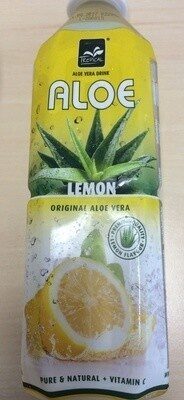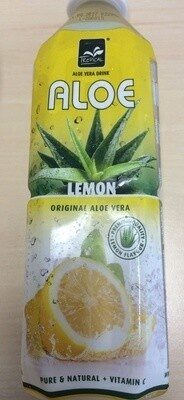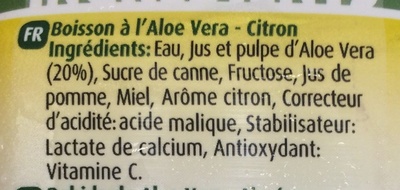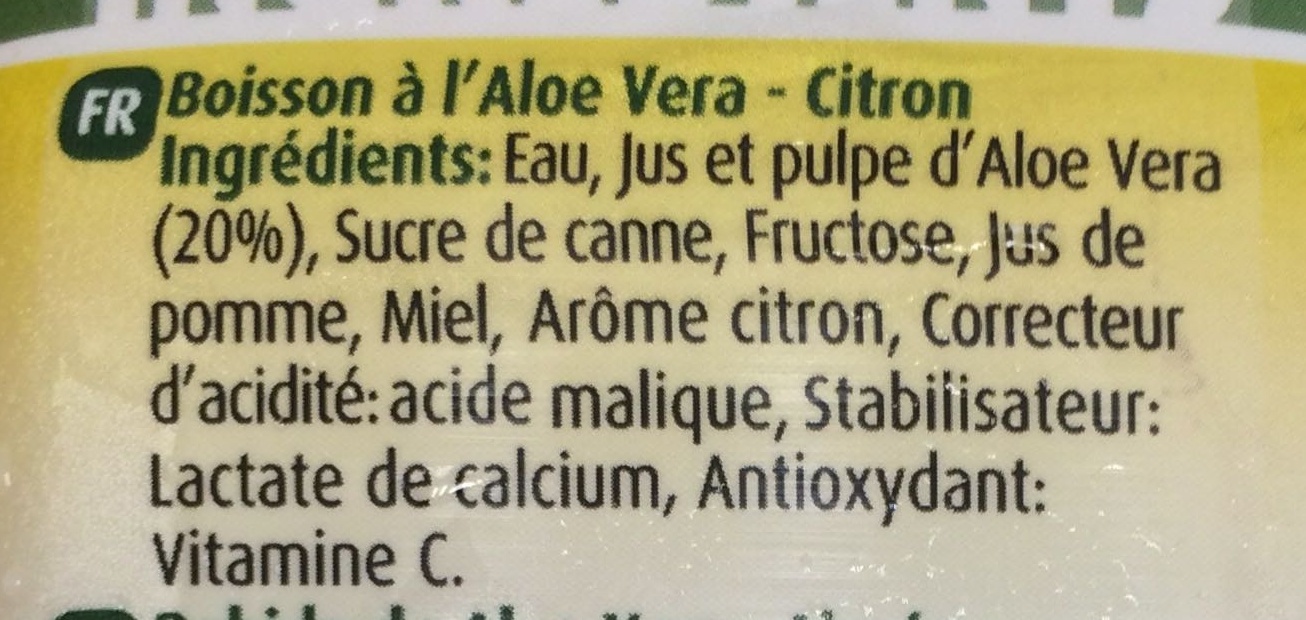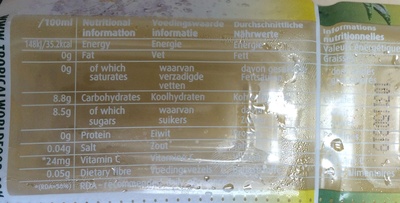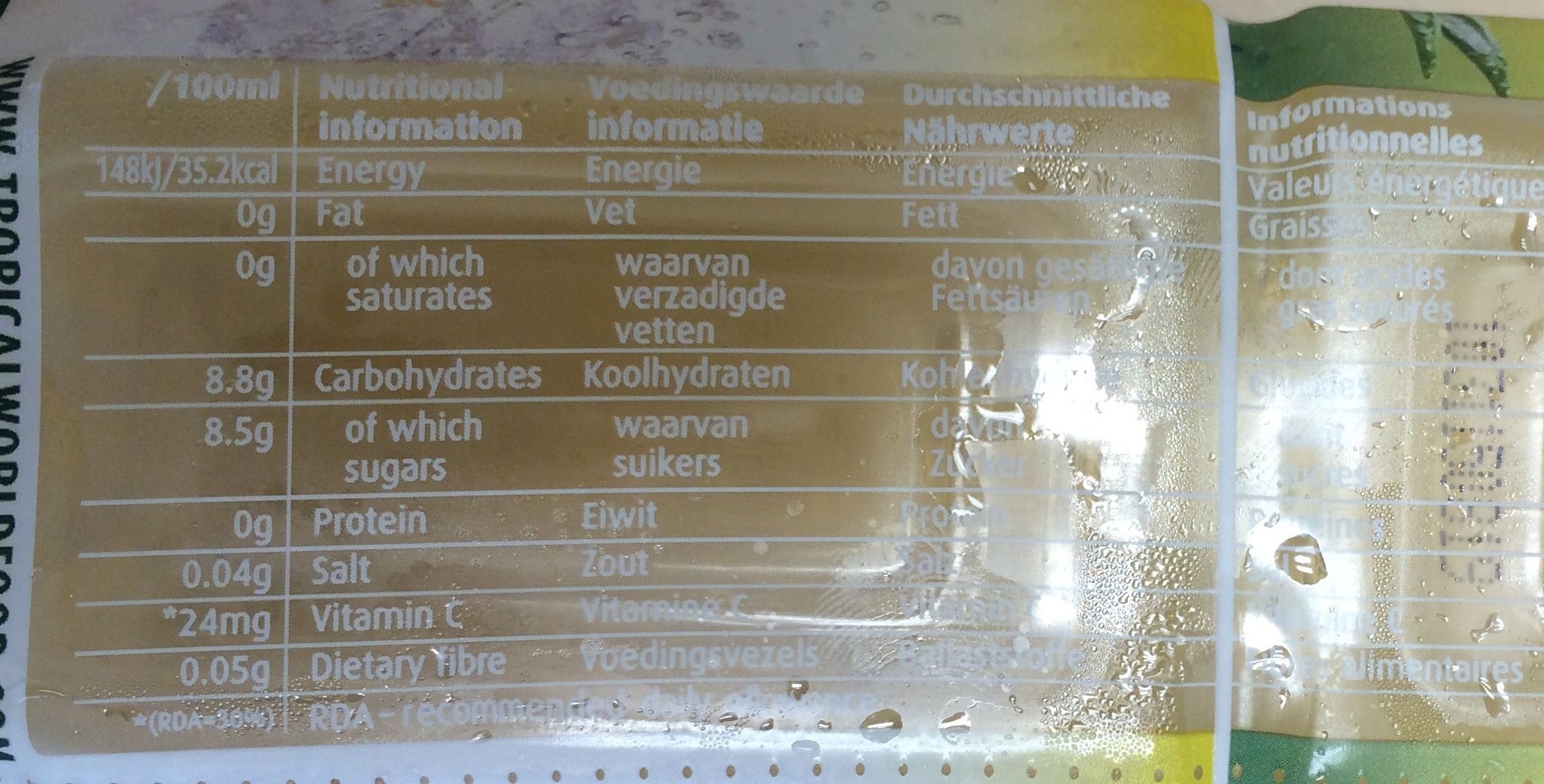Aloe Lemon - Tropical - 500 ml
This product page is not complete. You can help to complete it by editing it and adding more data from the photos we have, or by taking more photos using the app for Android or iPhone/iPad. Thank you!
×
Barcode: 8712857008109 (EAN / EAN-13)
Common name: Boisson à l'Aloe Vera aromatisée au citron
Quantity: 500 ml
Packaging: Plastic, Pet-polyethylene-terephthalate, Bottle, it:bottiglia pet
Brands: Tropical
Categories: Beverages and beverages preparations, Beverages, Carbonated drinks, Sodas, Sweetened beverages
Labels, certifications, awards: No GMOs, Superior quality
Origin of ingredients: Taiwan
Manufacturing or processing places: Taïwan
Link to the product page on the official site of the producer: https://aguadealoevera.com/bebida-con-al...
Countries where sold: Belgium, France, Germany, Italy, Netherlands, Spain, United Kingdom
Matching with your preferences
Environment
Packaging
Transportation
Report a problem
Data sources
Product added on by openfoodfacts-contributors
Last edit of product page on by myopie.
Product page also edited by aleene, chiara-dimaria89, desan, fomare47-gmail-com, gildubs, kiliweb, musarana, packbot, roboto-app, sebleouf, tacite-mass-editor, thaialagata, yuka.Uy9zR0s1OFF0T2tVa3RvajlSVDJ4OWxKNVpHTVFVU1JFY2hOSUE9PQ, yuka.sY2b0xO6T85zoF3NwEKvll1cXoWHjBzqPjDuo0ap4IzUIJ7wPPV9s4TAGKs.
